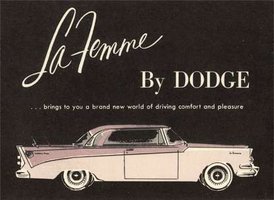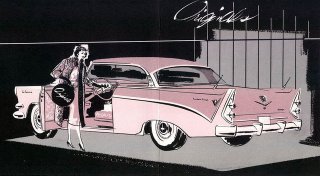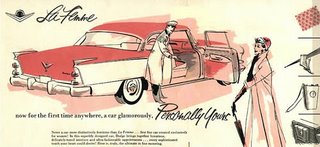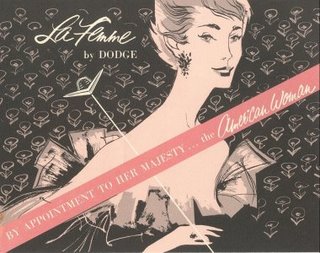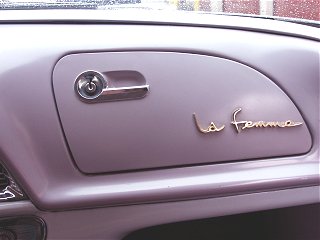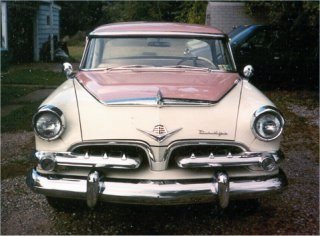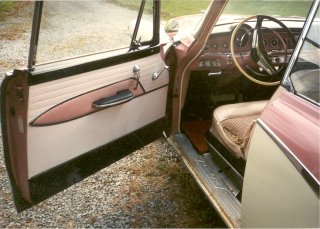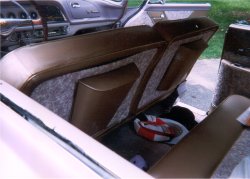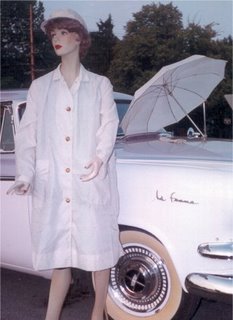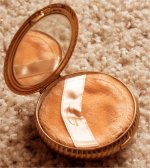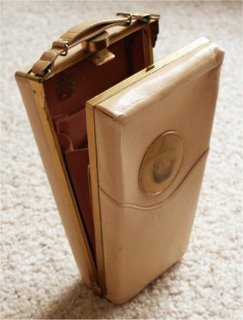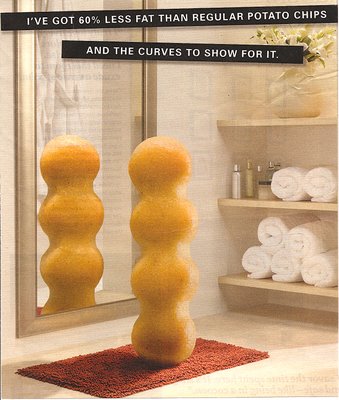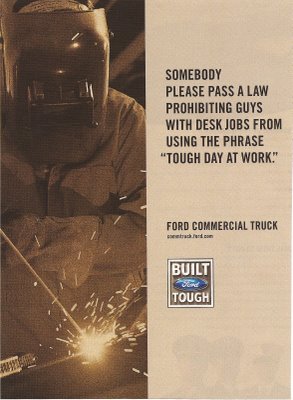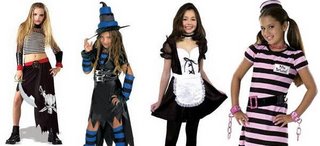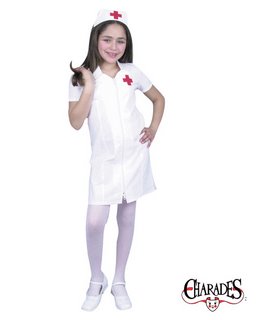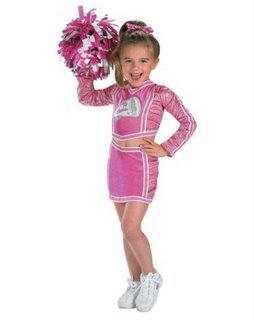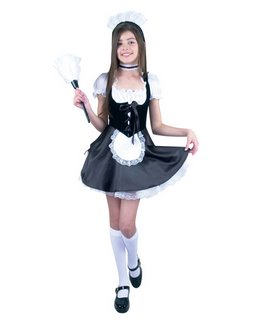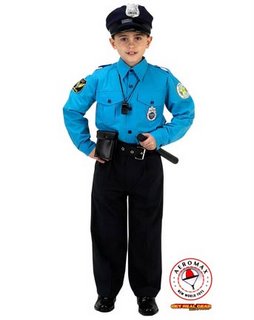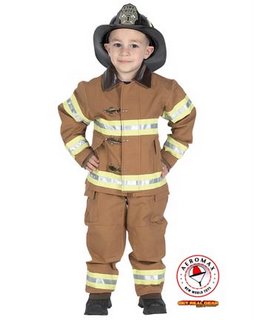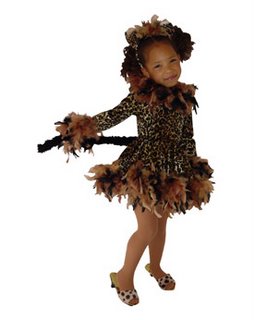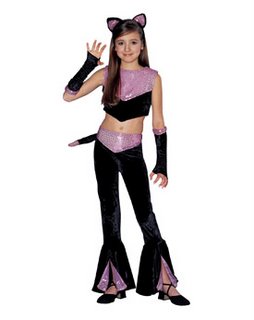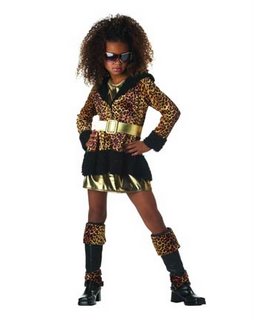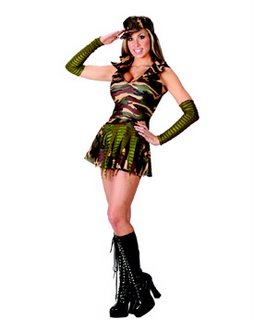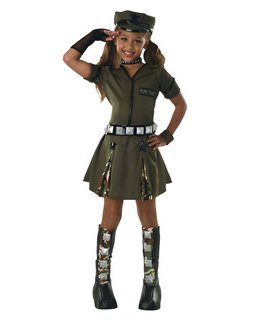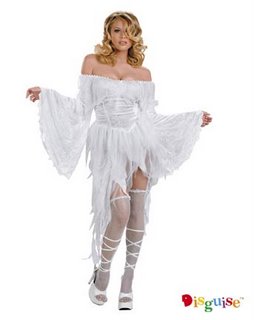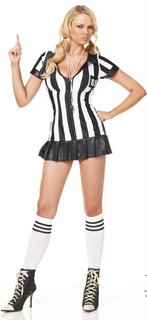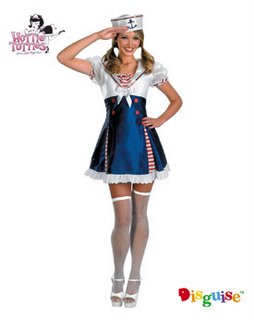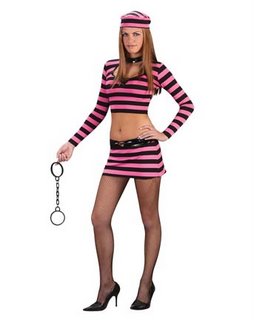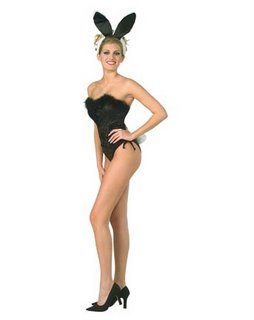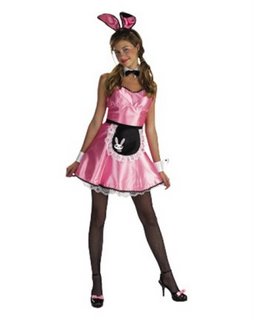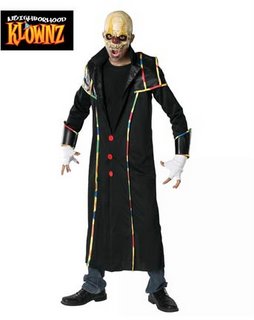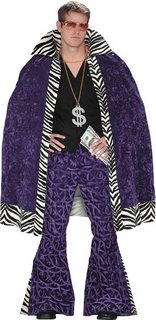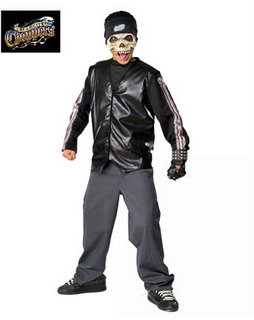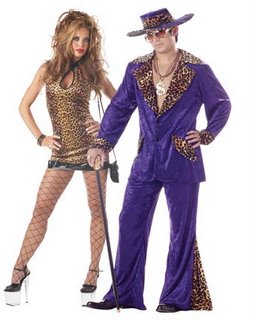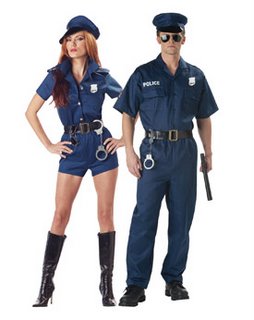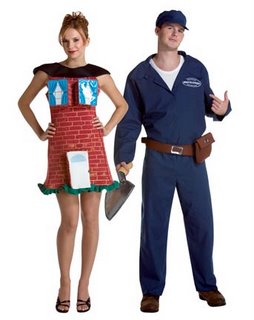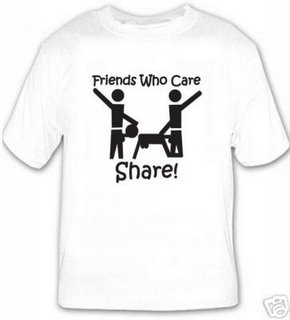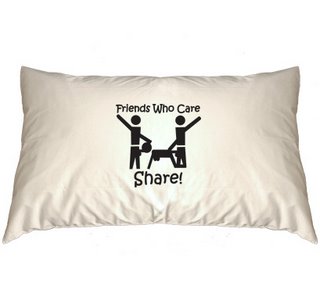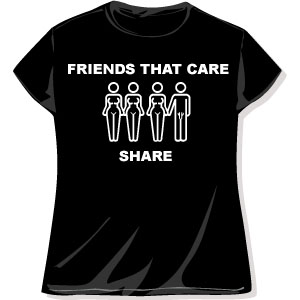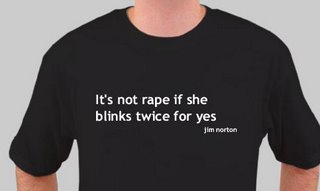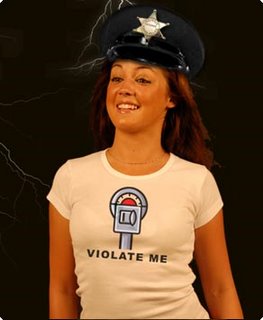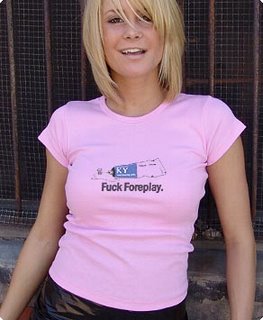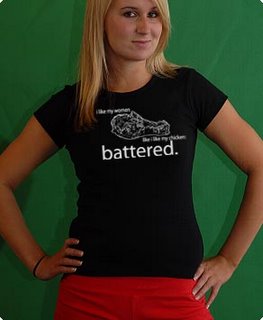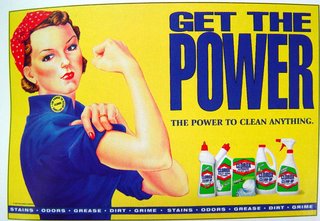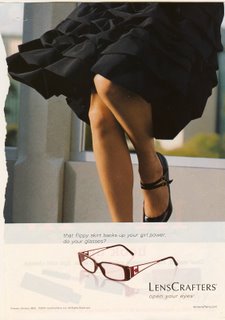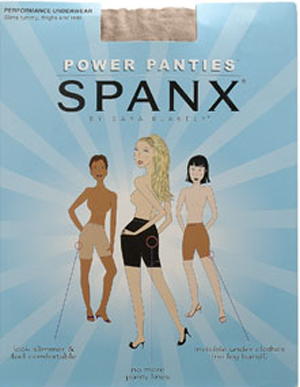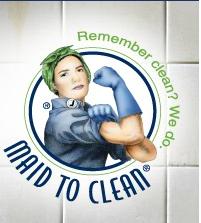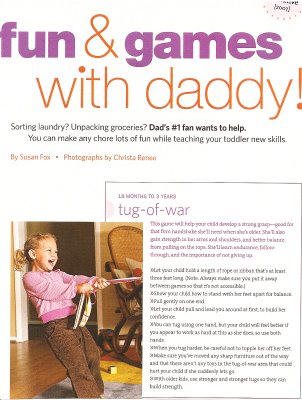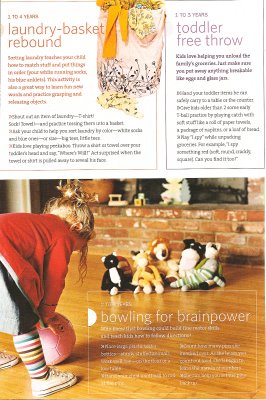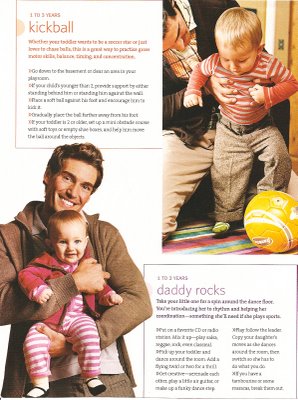The Dodge La Femme (1955 and 1956):
Here are some pictures of some restored La Femme’s:
Pink rosebud patterned upholstery:
It even came with matching accessories!
An umbrella and raincoat:
A compact:
A coin purse:
I think showing this car would be interesting in comparison with the contemporary marketing of feminine guns (see Gwen’s post here). The guns look surprisingly like the car.
It would also be interesting, I think, to do a discussion about whether and how they market cars to women today. They do, of course, but the ideal femininity has changed and so, therefore, have the cars. Women, though, haven’t changed very much. One of the reasons that the La Femme didn’t sell was because women were, frankly, offended.
NEW (Jan. ’09)! I found this effort to market cars to women from 1969, the “women-winning” Barracuda with “pop prints” and “gals in mind”!
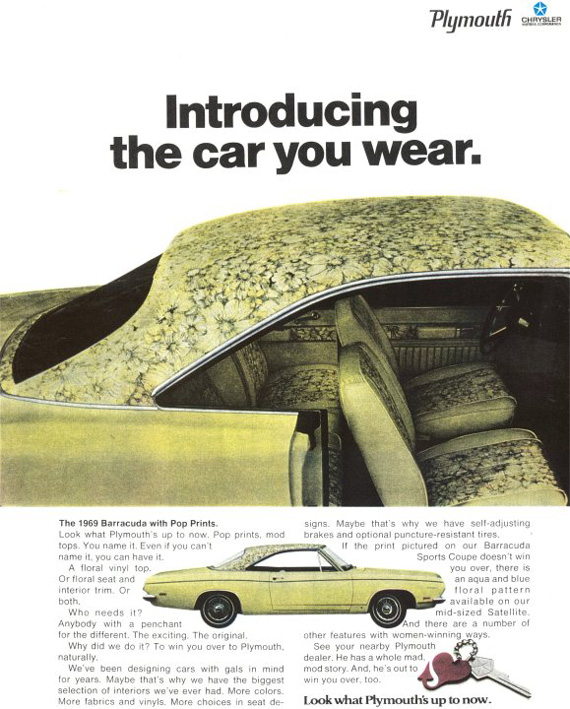
NEW! (Nov. ’09): Tim McC. sent in this trailer for a Volvo concept car specifically for women. It’s really interesting to compare the marketing of a car to women in the 1950s versus today.
Notice that while beauty is still important, today there’s also an emphasis on the car being tough–but not too tough, not brutal.
Tim adds,
YCC has some fairly significant design decisions (some arguably limitations) that seems to imply certain things about the intended market. For example, the car has no hood that can be opened by the owner. Instead, the car must be taken to the shop for engine maintenance and oil changes. The tires are also run-flat, meaning that the tires will continue to work after a flat, again so that the car can be taken to a garage for the tire change. This seems to imply that the company assumes that women are too ignorant or too afraid to fix their own mechanical problems. This also implies that DIY work on engines or really any technological product is a male pursuit. Keeping women from working on engines seems to say that women shouldn’t have to even consider working with technology. It also features automated parallel parking (a feature common on luxury cars, but prominently emphasized in the materials), which may carry sexist undertones å la the “woman driver” stereotype. The drive train is hybrid-electric, which implies that environmentalism is a feminine concept.

